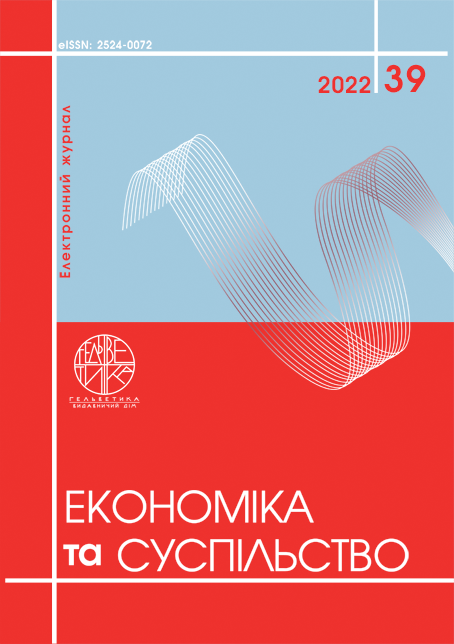HIGH FREQUENCY TRADING: ESSENCE, HISTORY, DEFINITIONS
Abstract
The issue of high-frequency trading has been repeatedly raised in recent years. Due to the rapid growth in the field of computers and software, high-frequency trading is gaining momentum and is becoming more widespread. Software development continues, that is, it is too early to talk about the decline in the use of high-frequency trading. Also, as the automation of stock exchanges increases, so does the prevalence of high-frequency trading. High-frequency trading was developed and took hold after 2005, when SEK took efforts to modernize the security markets. This allowed cross-market trading to flourish, according to Scott Bauguess. This area continues to grow and attract people, although it has some disadvantages and risks. This is what this study will focus on. Also, I would like to specify the importance of high-frequency trading, advantages and disadvantages of this trading. The topical issue is the regulation of high-frequency trading and the classification of its strategies into those that may pose a potential risk to the stock market, such as Flash Crash in 2010. Unfortunately, due to the lack of classification of high-frequency trading, the ability to circumvent regulations, as well as the emergence of new strategies makes this task much more difficult. In order to determine the essence of high-frequency trading, it is necessary to consider both the beginning of high-frequency trading and its current state together with strategies. The latter can have a significant impact on the definition of high-frequency trading, as this is how new regulations can be created, which will be aimed at protecting the market and limiting high-frequency trading. The study also analyzed existing regulations to compare them and see the classification and definition of high-frequency trading in these documents. For this purpose such methods of scientific research as observation, description, analysis, abstraction, generalization, explanation, classification were used. They helped me make conclusions concerning the definition of the high-frequency trading and its core. The observation was useful while looking back at history of the high-frequency trading.
References
Baron, M., Brogaard, J., Hagströmer, B., & Kirilenko, A. A. (2018). Risk and Return in High-Frequency Trading. SSRN.
Cartea, Á. (2015). Algorithmic and High-Frequency Trading (Mathematics, Finance and Risk) (1st ed.).
Cambridge University Press.Chan, E. P. (2021). Quantitative Trading: How to Build Your Own Algorithmic Trading Business (Wiley Trading) (2nd ed.).
Wiley. Gregoriou, G. N. (2015). Handbook of High Frequency Trading (1st ed.). Academic Press.
Narang, R. K. (2013). Inside the Black Box: A Simple Guide to Quantitative and High Frequency Trading (2nd ed.).
Wiley. Nolte, I., Salmon, M., & Adcock, C. (2020). High Frequency Trading and Limit Order Book Dynamics (1st ed.).
Routledge. Vaananen, J. (2015). Dark Pools and High Frequency Trading For Dummies (1st ed.). For Dummies.
Baron, M., Brogaard, J., Hagströmer, B., & Kirilenko, A. A. (2018). Risk and Return in High-Frequency Trading. SSRN.
Cartea, Á. (2015). Algorithmic and High-Frequency Trading (Mathematics, Finance and Risk) (1st ed.).
Cambridge University Press.Chan, E. P. (2021). Quantitative Trading: How to Build Your Own Algorithmic Trading Business (Wiley Trading) (2nd ed.).
Wiley. Gregoriou, G. N. (2015). Handbook of High Frequency Trading (1st ed.). Academic Press.
Narang, R. K. (2013). Inside the Black Box: A Simple Guide to Quantitative and High Frequency Trading (2nd ed.).
Wiley. Nolte, I., Salmon, M., & Adcock, C. (2020). High Frequency Trading and Limit Order Book Dynamics (1st ed.).
Routledge. Vaananen, J. (2015). Dark Pools and High Frequency Trading For Dummies (1st ed.). For Dummies.


